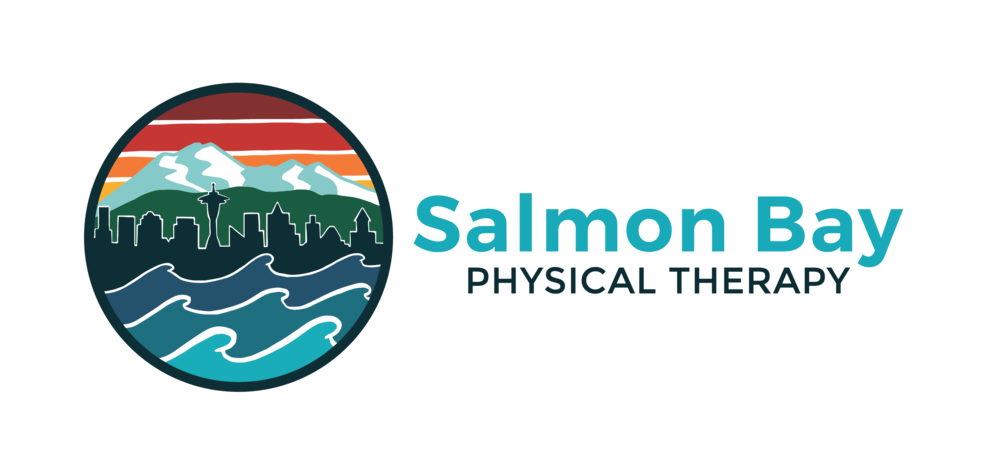According to the American Cancer Society, breast cancer remained the most common cancer among women in 2019, and statistics suggest it will remain on top for 2020 (1). While survivorship continues to increase, cancer survivors face numerous hurdles created by a fractured health care system and poor integration of survivorship care (2). Often cancer patients feel common side effects are something they have to endure because they have cancer, due to a lack of proper education. Physical therapists can provide education and exercise before, during and after cancer treatments to help ease some anxiety and functional deficits that active patients and survivors face.
COMMON EARLY SIDE EFFECTS OF TREATMENT FOR BREAST CANCER:
Arm, neck shoulder blade or mid back joint stiffness and/or pain
Axillary Web Syndrome
Cardiopulmonary complications
Radiation fibrosis
Reconstruction complications
COMMON LATE SIDE EFFECTS OF BREAST CANCER:
Anxiety and depression
Arthritis and musculoskeletal disorders
Cancer related fatigue
Cardiac toxicity
Cognitive dysfunction
Pulmonary Disease
Sexual dysfunction
Sleep disorders
WHAT CAN BE DONE?
Prehabilitation, or care that occurs between the time of cancer diagnosis and beginning of acute treatment, has been shown to be effective, with the primary goal of reducing the incidence and severity of current and future impairments. Individuals will often receive baseline measurements in activity level, circumferential measurements, strength, motion and posture. Individuals will also receive education on reduction of lymphedema, reduction of Axillary Web Syndrome, infection concerns, breath, posture, motion exercises and scar management. This is often performed by your cancer care network or hospital, but is not exclusive to them.
Rehabilitation during cancer treatment can help minimize side effects, reduce pain and increase energy. Often performed by your cancer care network or hospital, but is not exclusive to them.
Rehabilitation post cancer treatment with or without breast reconstruction can help to minimize side effects, reduce pain, increase energy, improve abnormal movement patterns, improve everyday activities, improve abnormal breathing patterns, improve abnormal posture and provide individualized care and education. This can be performed by any licensed physical therapist unless a lymphedema specialist is required.
WHO IS A CANDIDATE FOR BREAST CANCER RELATED PHYSICAL THERAPY?
Anyone diagnosed with breast cancer
Anyone currently receiving breast cancer treatment
Anyone who is a breast cancer survivor
IS PHYSICAL THERAPY EXCLUSIVE TO BREAST CANCER?
The simple answer is no. Physical therapy can help any cancer patient with decreased functional status or quality of life due to current or previous cancer diagnosis.
The bottom line is care does not have to stop once your cancer has gone into remission or you have been released from your oncologist's care if your function or quality of life has not returned to normal. Don’t be afraid to ask for help if you feel like you need it, or know someone who needs help.
For more information of the role of physical therapy in cancer treatment, click on the following link:
American Physical Therapy Association: Physical Therapy Guide To Cancer
REFERENCES:
1.American Cancer Society: Cancer Facts and Figures 2018. Atlanta, Ga: American Cancer Society, 2018.
2. DeSantis, CE; Lin, CC; Mariotto, AB et al. (2014) Cancer Treatment and Survivorship Statistics, 2014 CA: A cancer journal for clinicians





